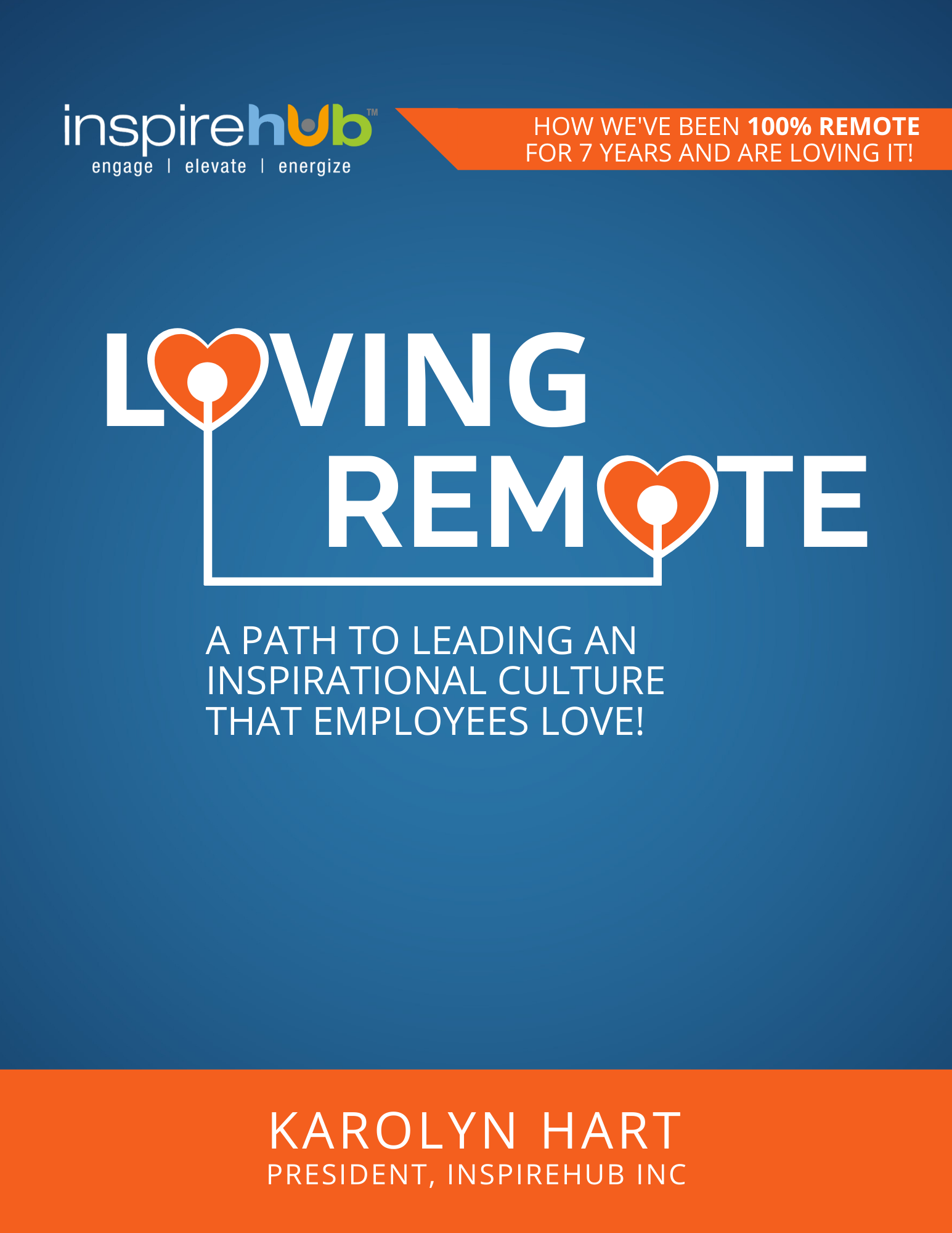
In celebration of National Nonprofit Day, we’ve gathered together a few things to help! With our roots in supporting worthy causes since answering a call from Nelson Mandela, InspireHUB has been devoted to sharing knowledge and resources. (More about our passion for worthy causes here in an Ideagen® TV power chat with the beloved Mary Milben, who has walked beside us since that first call from Mandela, and with the pioneering Mark Hutchinson, who was the reason it came about, in a special episode of Big on Small: The Official Small Business Podcast".)
Long before the COVID-19 pandemic, nonprofit organizations were struggling to compete for funding. Funding strategies are an important part of your business continuity plan and require an extra dose of creativity while navigating crisis management. There are some simple ways to meet budget challenges through powerful, FREE resources. A couple we’ve shared recently include:
- the top 5 FREE small business tools to help you grow, and,
- our 5-part series on finding the best FREE mentors for your small business (including funding)
The biggest challenge nonprofit organizations face? Retaining their most precious resource: donors. Since 2006, nonprofit organizations have been losing more than half of their donor base each year. That means for every dollar a donor has invested into a worthy cause, a significant portion of it goes right back into the business of finding new givers, instead of being put to work doing the things that made givers want to offer support in the first place. Attrition has a big price tag attached to it. With an average cost 6 to 7 times higher to secure new donors and dollars, organizations are losing $91 of every $100 they bring in.
This is the first in a series of posts to help you boost your bottom line! Let’s start by taking a look at what the most resilient nonprofits are doing that you can adopt as your own best practices to not only survive the pandemic downturn but thrive for years to come.
6 Things Successful Worthy Causes Are Doing Right
- Set clear and measurable goals and strategies.
- Establish donor acquisition and retention budgets.
- Create a donor acquisition program that:
- makes a strong case (just because you know your worthy cause is doing great work doesn’t mean prospective donors will know it);
- starts in the places that you are most likely to find natural allies (including the strategic use of social media);
- thanks new givers personally and promptly;
- sends new givers a welcome kit (including newsletters, testimonials, success stories and other things that will help them feel good about the work their gift is enabling); and, that
- tells donors them how their gift makes an impact (if it’s empowering a particular project, follow up and share the successes).
- Create a donor retention program that includes:
- frequent updates that make it clear how their gifts are being successfully put to work;
- continued thank-yous;
- lots of opportunities for feedback; and, that
- keeps in touch to let donors know how their gifts are continuing to have an impact.
- Create a donor upgrading program that:
- asks for a second gift within eight weeks of the first;
- asks frequently;
- includes tools that make it easy for donors to reach out to peers; and, that
- includes tools that make it easy and fun for donors to self-organize their own fundraising teams.
- Collect and measure data, then use it to forecast and adjust.
Tools to Empower Donor Acquisition, Retention and Upgrading
- Blogs and mainstream social media platforms (WordPress, Facebook, Twitter, Instagram, LinkedIn)
- Contact Management Systems (CMS) and Mailing List tools to help keep track of and communicate with donors (MailChimp)
- Customer Relationship Management (CRM) tools (HubSpot, Salesforce, First Contact, ZOHO)
- Spreadsheets, Pivot Tables and Reports to measure and track success, to assist forecasting, and to understand when and where to adjust (Microsoft Excel and Google Sheets)
- Event Management tools to help plan, market and monetize fundraising events (Eventbrite)
- Surveys to invite feedback and determine engagement (SurveyMonkey)
Things to Look for in a Contact Management System (CMS)
- Centralized repository of contact information
- Ready-to-use database with searching
- Sales/donations tracking
- Email integration
- Scheduling of appointments and meetings
- Document management
- Notes and conversation management
- Customizable fields
- Drip marketing
- Import/export utility
In the next part of this series, we’ll explore some of the compelling ways you can put tech to work to help you pivot as you face increasingly tougher challenges amid an economic crisis, including lessons learned from the deep recession we plunged into in 2007. Join us next time for a look at how worthy causes are finding innovative ways to adapt and thrive using internet, mobile and peer-to-peer fundraising technologies to engage with donors. You’ve got this!
Looking for more help?
.png)
The Ultimate Small Business Survival Guide is Here
We've been helping InspireHUB clients not just survive during this time but THRIVE! We collected all of our advice and made it available for FREE as our great big give-back during this difficult time. Included in this FREE Guide:
- Transformation Readiness Assessment
- Practical Marketing Help
- Proven Strategies to Pivot Your Company

Lead an Inspirational Remote Work Culture that Employees Love!
At InspireHUB, we get it. We've been a 100% remote workplace for more than 7 years, and are the first to admit we were UN-InspireHUB while we learned to grow into it.
 because we saw so many people struggling as they've had to adapt to this new way of working overnight.
because we saw so many people struggling as they've had to adapt to this new way of working overnight.
Here's how you can use it to grow YOUR small business too ...
Included in this FREE Guide:
- Why your remote team is experiencing fatigue.
- Understanding how leaders and employees have vastly different remote experiences.
- The lines you cannot cross with employee privacy when working remote.
- How to gamify your remote workforce.
- The rules of virtual engagement when it comes to working remotely.
- How the rules of meeting etiquette change in virtual meetings and why you must understand the difference!
80% of entrepreneurs with a mentor are still in business after a year. With 30% of small businesses failing within the first two years, having access to the right resources and advice is critical. The study by SCORE showed just how big a game-changer mentors can be.
Small businesses (less than 100 paid employees) account for 99.9% of all U.S. businesses and 97.9% of all Canadian businesses, with micro-businesses (less than 10 employees) accounting for 75.3% of private-sector employers. Small businesses are the lifeblood of our communities and our economy, and with the current economic crisis, they’re fighting for their lives.
Part 1 of a 5-part series to help you access FREE mentors to help you grow your small business.
With a drastically changed economy, many businesses are finding the need to pivot to embrace new products and services quickly. Being agile means survival.
There are a handful of simple, FREE tools that will help you understand the opportunities emerging within your market in real-time. It’s like having a team of virtual assistants whose job is to gather market insights and competitive intelligence and drop them on your doorstep, allowing you to find the right resources and ideas to adapt quickly.
The differentiation strategy that helps you not only survive but thrive is only a click away!



